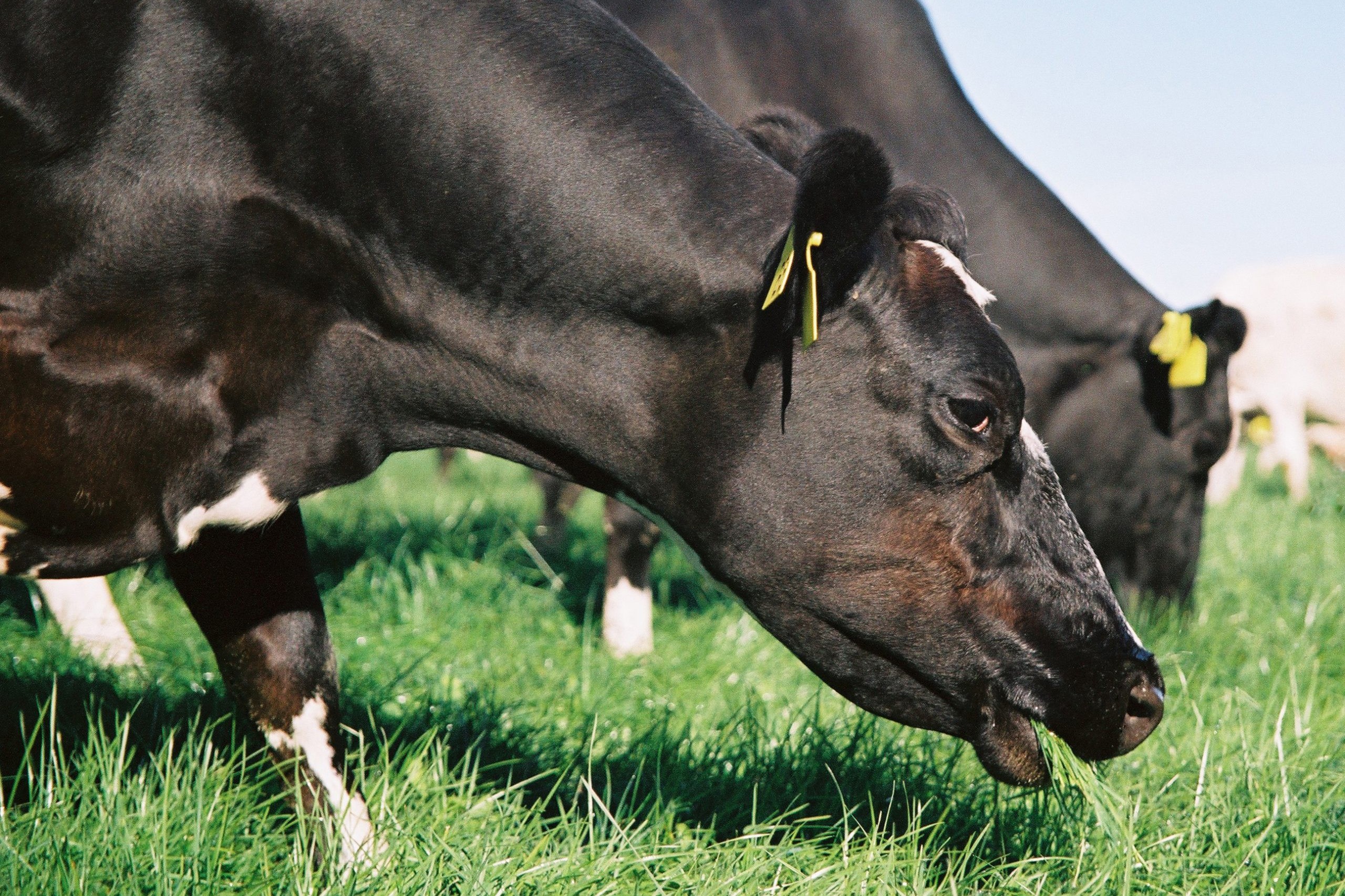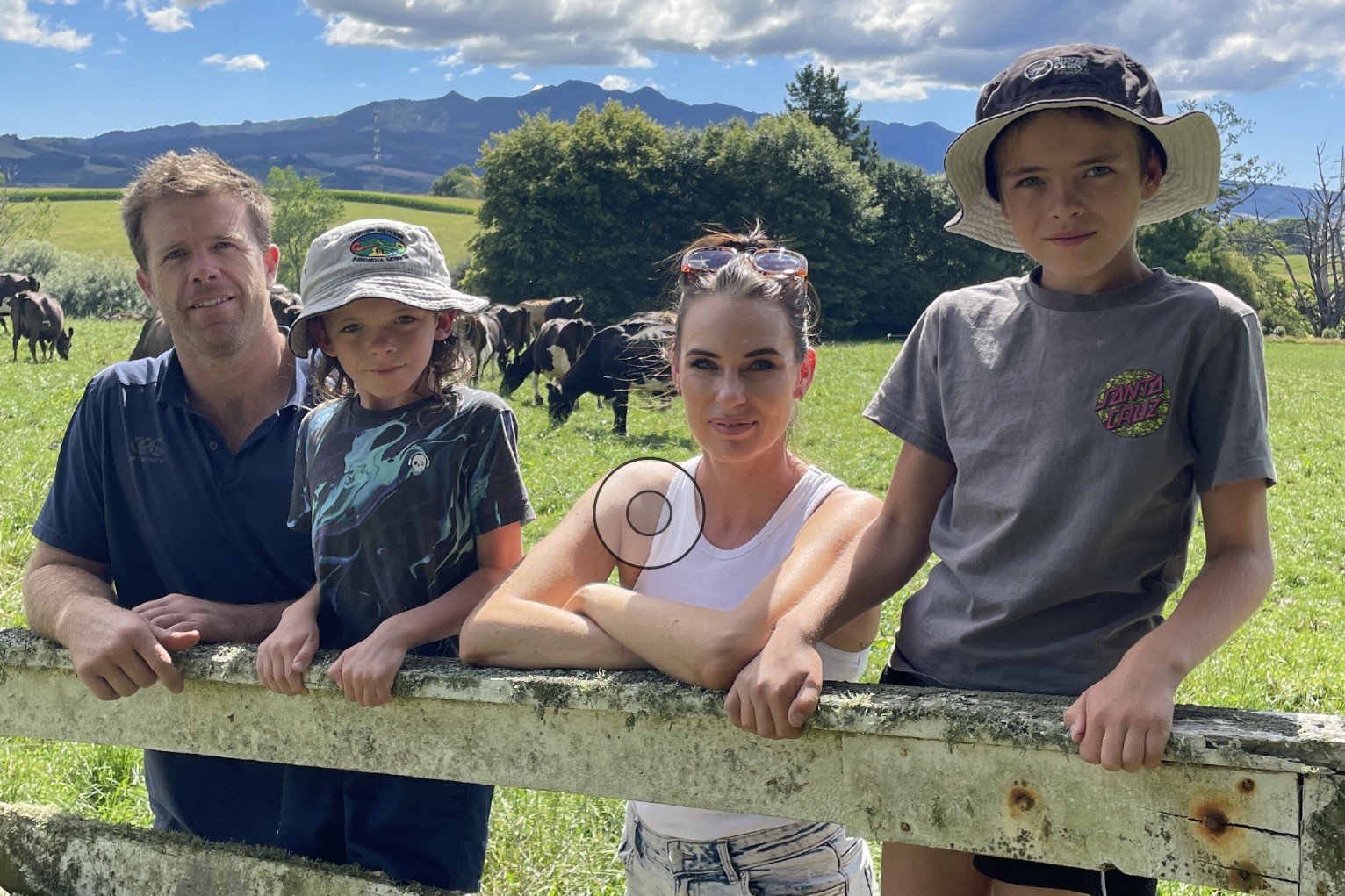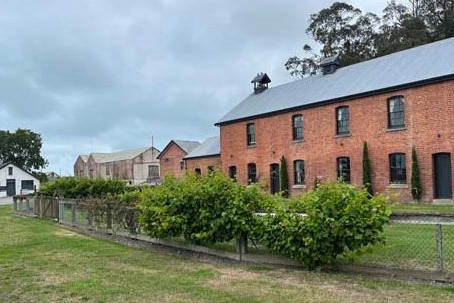Purposeful pasture renewal
While it’s already getting busy onfarm, taking a bit of time now to think about the wider feed strategy and paddock selection can pay dividends later. Words Anne Lee.

Knowing pasture eaten is the key driver of profit, it makes sense that maximising production of high-quality home-grown feed is an important starting point.
“You’ve got to be growing it, in the first place, if you’re going to get high intakes,” Barenbrug commercial manager Graham Kerr says. “And spring is the time we’re going to set up for that – spring pasture management, protecting the soil and getting residuals right will set the farm up for great quality – it’s a must.
“But it’s also time to set the farm up to produce the volume of that high-quality feed you need,” he says.
That volume is going to come from good pasture renewal and, for summer-safe and irrigated regions, spring is an opportune time. For those in summer-dry areas, it’s the time to establish summer crops. Graham says the most successful renewal and summer cropping programmes are born out of a strong plan.
“That plan needs to consider three levels – a strategy level, a management level and finally a pasture or crop level. At the strategy level, if you’re talking about pasture renewal, it’s about knowing the level of underperformance of your farm. This underperformance is the potential gain you can make. We’re often called in to help when pasture performance is well off its potential, and in these cases some extra ‘catch-up’ renewal can give great returns.
“Be purposeful about how much pasture renewal is needed rather than just sticking to a set amount each year. Use your pasture management software to assess each paddock’s performance – in most cases it will tell you annual yields. Or you can look back at the number of grazing days you’ve had from each paddock based on your records; two less grazings means you’re missing 2.5–3t DM/ha.”
The type of pasture species sown also comes down to strategic planning because the best decisions will be made based on a whole farm, longer-term view and what you’re trying to achieve in terms of feed, weed and pest management, says Graham.
Perennial ryegrass and white clover remain key species for renewal investment. But medium-term hybrid ryegrasses can really give a two- to five-year boost, and shorter-term annuals could have a role in the coming 12 months.
“It’s at this strategic level that you might want to bring someone else in to bounce ideas off, get a wider perspective, validate your thinking or give you a new perspective. It could be a trusted farmer, an adviser, your seed reseller or here at Barenbrug we’re happy to work that through with you. Having someone else involved gives you confidence you’re on the right track and you will get a stronger plan.”
At the management level, it’s important to work through what needs to be actioned to achieve good establishment.
“Because at some point in the spring, the weather and feed conditions are going to be right and it’s time to push the ‘go’ button. You need to have the contractor teed up, the seed ready to go, soil fertility right and your grazing plan set so you can manage your feed wedge with paddocks out. If it’s done right, you can be back into those paddocks sooner rather than later and you’re going to be benefiting from that better quality and extra feed faster.” At the pasture level, it’s about selecting the right cultivars and pasture species to achieve the strategy.
“There are some big yield gains to be made by getting that right. For instance, there are some exciting two- to five-year options from hybrid ryegrass varieties now that can give you a tonne to a tonne and a half more drymatter (DM) in the cool season than top perennials.
“They’re good from an economic point of view and the cool season activity helps reduce nitrate losses because the plants are taking it up at that critical time.”
Think about diploids versus tetraploids and how they fit into your particular farm system and conditions, he says.
“Sowing them together is becoming more common – cows love the tetraploids and we’re seeing farmers achieve higher intakes with the mix that’s in turn helping lift per cow performance, which is important when you’re trying to lower stocking rates for cost and environmental reasons but maintain total production and profits.”
Visit barenbrug.co.nz





